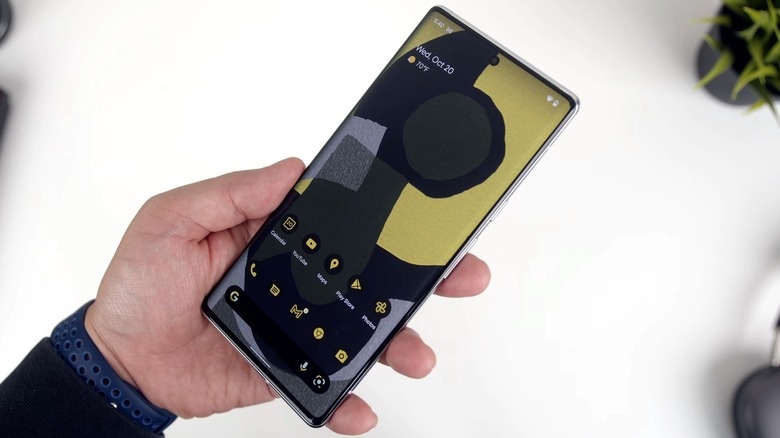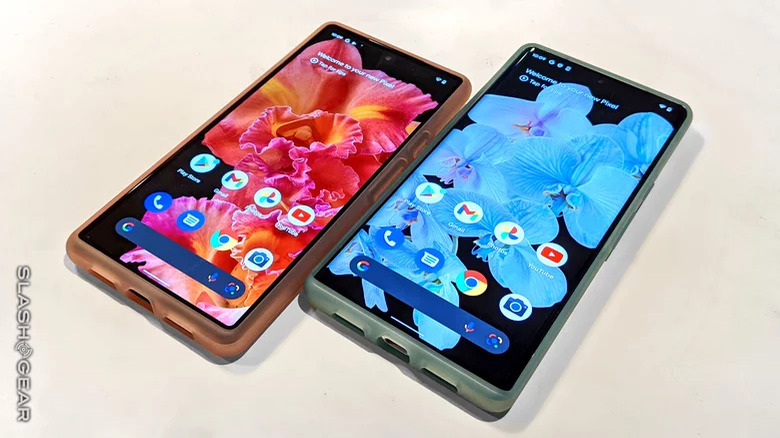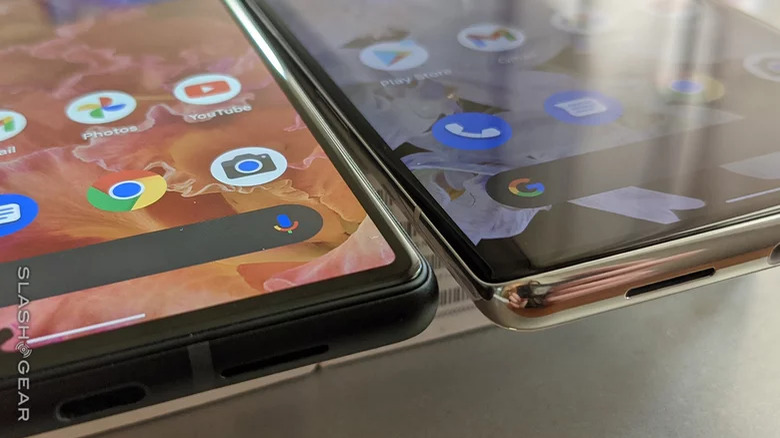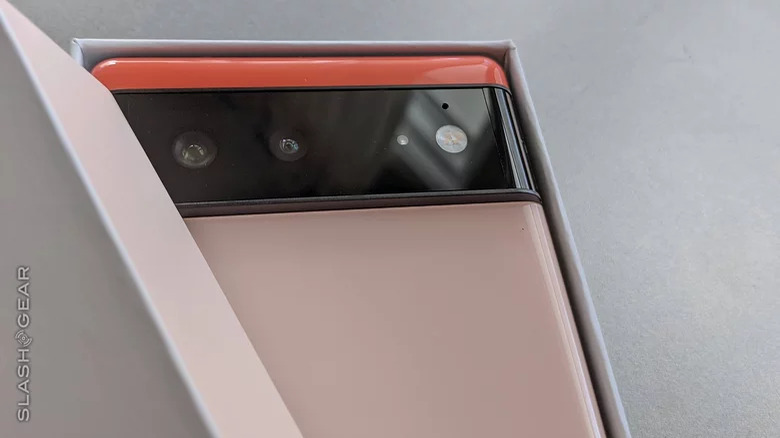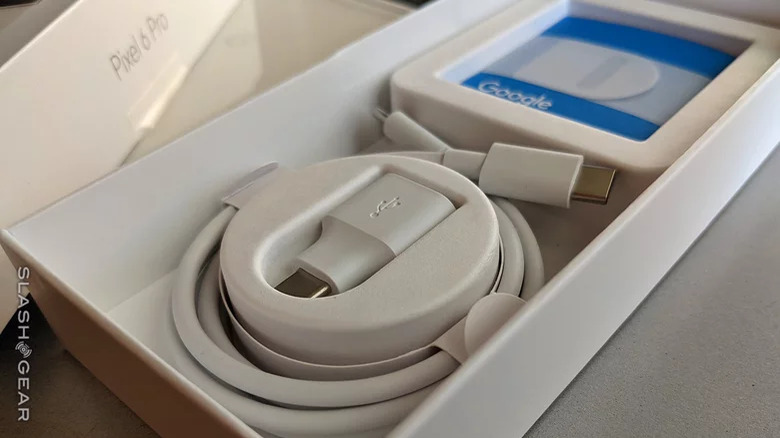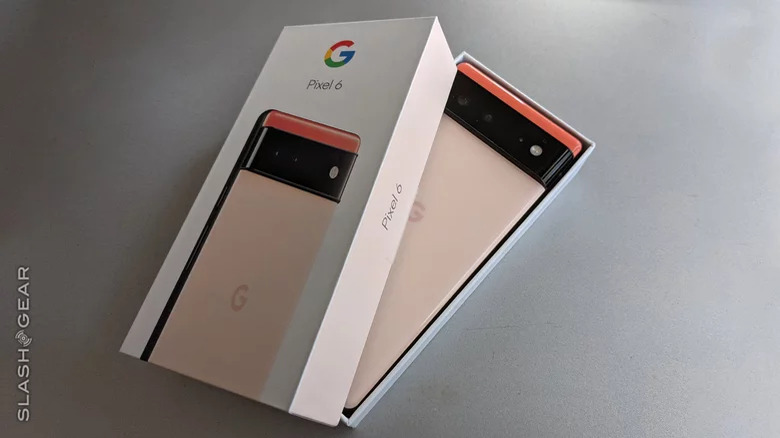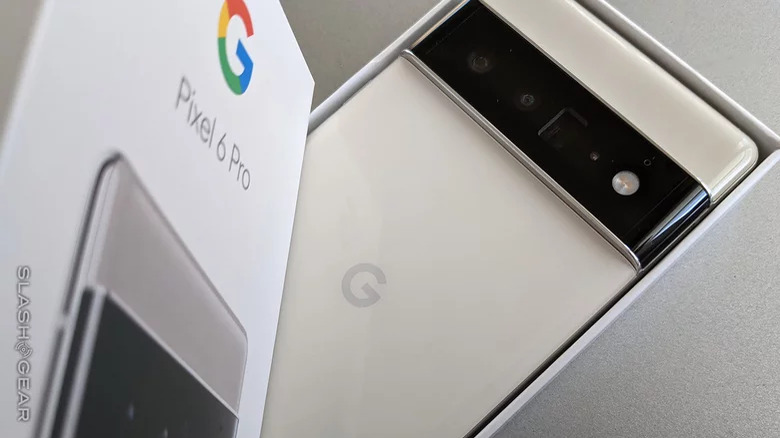Google Pixel 6 Vs Pixel 5: Reasons You Should Upgrade
The freshly announced Pixel 6 series is a considerable leap when we talk of performance, features and design. If you have recently bought the Google Pixel 5, you could have second thoughts; but how far ahead are the new Pixel 6 and Pixel 6 Pro? Is it worth the upgrade if you own an older Pixel device or any other smartphone for that matter?
Here we'll have a look at the last year's Pixel 5 and the Tensor SoC-powered Pixel 6 devices to assess how big the gap actually is. One thing is for sure, the two generations look starkly different from each other, indicating a major overhaul in the brand value. However, there's more to the shiny new Pixel 6 phones than just the charmer appeal.
Design and display
Pixel 5 has a design similar to its predecessors with a corner-mounted punch-hole selfie shooter and a square-shaped rear camera on the upper-left corner. The fingerprint scanner of the device is placed on the rear. Compare this to the niche camera module on the rear of the Pixel 6 series and an in-display fingerprint scanner, and you have an instant winner.
Google Pixel 5 received a contemporary design treatment with color options limited to the Just Black or Sorta Sage. Its build quality also followed the footsteps of Pixel 4. The Pixel 6 and 6 Pro however have been treated with superior metal unibody frame.
The latest phones get the Gorilla Glass Victus screen which is two times better in scratch resistance and the devices have a glass back. Color options are also in plenty; Pixel 6 comes in Stormy Black, Kinda Coral and Sorta Seafoam colorways, while the Pixel 6 Pro gets Stormy Black, Cloudy White and Sorta Sunny options.
Coming to the displays, the Pixel 5 sported a 6-inch OLED panel having Full HD+ resolution and 90Hz refresh rate with peak brightness level of 610 nits. The Pixel 6 gets a comparatively larger 6.4-inch flat OLED panel with 90Hz refresh rate. Pixel 6 Pro goes a bit premium with a curved 6.7-inch OLED screen having QHD+ resolution with adaptive refresh rate of 10Hz to 120Hz. Both the devices have normal brightness levels of 500 nits and 800 nits peak brightness levels.
Performance
The Pixel 5 is powered by a mid-range Qualcomm Snapdragon 765G processor, which is good enough for normal users but falls a bit short for power users who crave smart camera AI and high-end graphics. Pixel 6 series on the other hand is powered by the in-house ARM-based chipset (co-developed by Samsung) dubbed "Tensor" and it has been making all the headlines lately.
On paper, the Google Tensor SoC with Titan M2 looks miles ahead of the Snapdragon 765G, as Google claims a CPU performance boost of 80 percent and GPU performance enhancement of a massive 370 percent. The chipset also brings loads of features aided by machine learning (ML) and artificial intelligence (AI). Features like Live Translate and superior camera AI are provided. This is clearly an attempt to have a unified hardware and software ecosystem, just like Apple has with the iPhones.
Other than this, the Pixel 5 comes with 8GB of RAM and 128GB of internal storage. The Pixel 6 however features 8GB RAM and a choice of 128GB or 256GB of storage. The flagship Pixel 6 Pro goes a step further and arrives with 12GB RAM and the option to choose between 128GB, 256GB and 512GB of internal storage.
Camera capability
Cameras are another talking point of the Pixel 6 series which sets it apart from the Pixel 5. The 2020 Pixel device has a 12.2MP primary shooter along with a 16MP ultra-wide lens. The front camera is an 8MP sensor. There's no doubt the Pixel 5 is good at photography, just like its predecessors, but the latest lineup goes another level higher.
The Pixel 6 series arrives with a 50MP primary wide-angle 1/1.3-inch sensor capable of capturing 150 percent more light than Pixel 5's lens. The 12MP ultra-wide lens having 114-degree field of view is down on resolution from the Pixel 5, still the sensor is bigger here for excellent low light photography performance. The Pixel 6 Pro gets another 48MP telephoto lens loaded with 4x optical zoom and 20x hybrid Super Res zoom.
The front-facing camera of the Pixel 5 and Pixel 6 is the same at 8MP and f/2.0 aperture value. The Pixel 6 Pro however gets an 11.1MP shooter with f/2.2 aperture and 94-degree FoV. As we said earlier, the Tensor processor brings fresh new features to the Pixel 6 series like the Magic Eraser to get rid of unwanted people in a frame. Pixel 5 doesn't have any such software magic though.
Battery and charging
To maintain a smaller size and sleek form factor, the Pixel 5 compromises a 4,080mAh battery that lasts around 9.5 hours in daily usage. The Pixel 6 bumps up the battery to 4,614mAh to feed the bigger display and the Pixel 6 Pro takes that capacity to 5,003mAh.
Along with the bigger battery, the Tensor SoC will make a big difference here in the end-user experience. According to Google, the power-efficient processor will provide a massive 24 hours battery life to the devices in normal mode. In Extreme Power Saving Mode, that will go up to 48 hours.
The charging speed will also be a major improvement over the 18W charging brick of Pixel 5. Both the Pixel 6 and Pixel 6 Pro get the 30W fast charging capability. But a big minus is the non-inclusion of a charging brick in the box, which you'll have to buy extra. Pixel 6 is capable of 21W wireless charging and the Pixel 6 Pro gets 23W wireless fast charging.
Price and release date
At launch in fall last year, Pixel 5 was priced for $699 for 128GB model and the Pixel 6 now is much cheaper at $599 for the 128GB variant. The 256GB model although goes for the same price tag of $699. The Pixel 6 Pro is a more premium offering priced at $899 for 128GB model, while the 256GB model costs $999 and top of the line 512GB variant goes for $1,099.
The Pixel 5 has been officially discontinued however it can be bought from online stores where the device still remains in stock. The Pixel 6 series on the other end of the spectrum will be available from October 28.
Wrap-up
Google is going all guns blazing with the new Pixel 6 series, and it is virtually superior to the Pixel 5 in every account. The Pixel 6 also manages to undercut the $799 iPhone 13 which is a great strategic move. Loyal Android users will now prefer the niche-looking Pixel 6 or Pixel 6 Pro for its assurance of longer software updates and security patches – Samsung and OnePlus better watch out!
The Tensor chipset has changed the dimension completely for the Pixel phones as they look much stronger to compete with other flagships. The burning question is, should you upgrade to the Pixel 6 series or stick with the Pixel 5? It is a clear choice, go ahead without a doubt!
